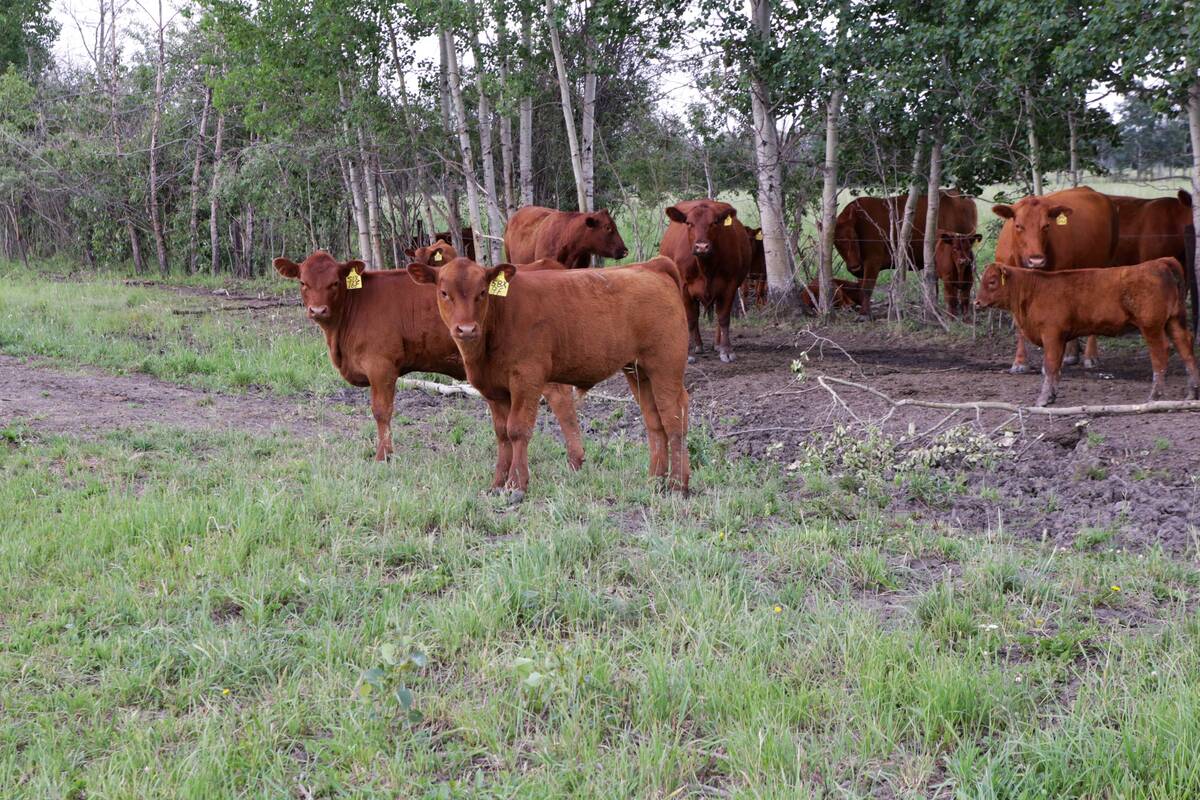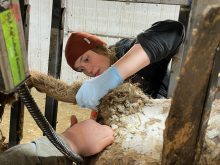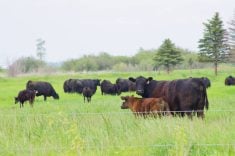There is nothing better than having acute observational skills, knowing your animals and then following up with treatment or marketing in a timely matter.
Every animal has big value so addressing issues earlier leads to more favourable results.
I am going to give several examples of this using specific cases and let you extrapolate to the many individual cases you see during a production year.
Read Also

Feds propose overhaul of chronic wasting disease control program
Chronic Wasting disease control program getting updated by Canadian Food Inspection Agency with feedback encouraged from producers.
The direction you take can vary slightly, depending on whether you are a seed stock or commercial producer.
The decision to ship for slaughter may be made quicker in the case of a commercial animal, but we must always keep animal welfare in mind if attending to long-term chronic cases.
With lameness, close observation can help make the first decision: what is the cause and can it be treated, left to convalesce or require more hands-on procedures.
For example, cows that require a claw amputation are often left too long.
In these cases, infection breaks out above the coronary band in a severely lame animal and the last joint in the toe on one side becomes badly infected.
These animals are in severe pain, and amputation of the infected toe can be curative.
Some after care is required, but the cow will do much better, and if nursing, so will the calf.
These animals can often rebreed, and you may get one or two more calves out of them.
Leaving them to hobble around is an animal welfare issue, and you’ll probably have to ship them sooner rather than later to rectify the situation.
If your veterinarian is reluctant to do this, have them refer you to someone who is more comfortable with the procedure.
Of course, the decision to perform surgery is based on the age of the cow and whether she is raising a calf or is rebred for next year. These all factor into the economics.
The same can be said for cancerous eyes.
If this condition is found in a cow during the summer while the herd is on pasture, it may require some work to catch her and bring her in for an exam.
In many cases, animals with cancerous eyes, traumatized eyes or popped-out eyes will do much better following an eye enucleation.
The pain will be gone and hopefully all the cancer will be removed. It will greatly reduce the possibility of condemnation when the animal is shipped.
As well, chronic pain results in reduced gains and subsequently less milk production in a lactating cow.
It’s always good to watch body condition scores to check for unexplained weight loss.
In illness such as Johne’s disease, one of the first things we see is weight loss.
Lumpy jaw and wooden tongue are very treatable if found early.
These conditions can be treated easily with today’s modern catch pens and the use horses or quads to round up cattle and stock trailers to haul them.
In fact, in the case of wooden tongue or lumpy jaw, they can be cured or the condition stopped in its tracks.
These animals can be kept for subsequent years if the disease is not too progressed.
Untreated animals will either go downhill or die. For sure, they will not rebreed.
Time spent palpating and checking cows that had twins, a difficult calving, a prolapsed uterus or were treated for any other medical condition will likely bump up the repro rate.
It can also catch uterine infections, which make them sub-fertile.
Various treatments, such as uterine infusion or prostaglandins to cycle, may prove rewarding.
Catching these cows before breeding may be difficult, so this will depend on your facility.
I almost think that every fresh death is worth an autopsy because it’s good to know if it’s something you can prevent or if you need to watch for clinical signs in other members of the herd.
In the case of an older cow losing weight, it may be as simple as checking her teeth.
If front teeth are missing or they have been ground down to nothing, that could be the reason — simply old age. It could be a great reason to cull because the weight loss is going to worsen with time.
Cows with chronic mastitis or photosensitization or if open during the summer can be shipped early to create cash flow and stretch out the grass.
If the calf is old enough, weaning on pasture can work well.
This may seem like work, but it’s no different than pulling bulls and is a great management strategy.
With bulls, remove them early if it can be determined they won’t be returning.
A good check when they return home may reveal problems that can be treated or may help make the decision to ship.
Tele-medicine is an option if your veterinarian is a long way away or inaccessible. In these situations, a picture and video may start the process of diagnosing the problem.
Emergency slaughter can be arranged if needed, and if specialty surgery or medical procedures are required, these veterinarians can be found.
The veterinary community is small, and we all know where specialized services are available, such as embryo transplanting, in vitro fertilization or semen freezing.
Some areas are less served by veterinary clinics, but hauling in is an option, and larger clinics with more specialized services are taking over.
Animal welfare has never been better, and producers are as informed as they have ever been and are willing to give advice or help to a new producer joining our industry.
Find a veterinarian willing to do your herd work and provide someone to help advise on individual animal medicine.
BSE program
The BSE program has seen some major changes and is now standardized across Canada and under the control of the Canadian Food Inspection Agency rather than individual provinces.
The CFIA still needs cases to be submitted to reach our negligible risk status, so let’s help it out.
Roy Lewis works as a veterinarian in Alberta.















